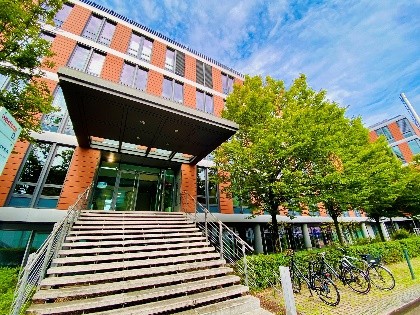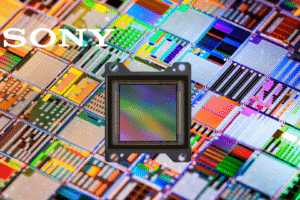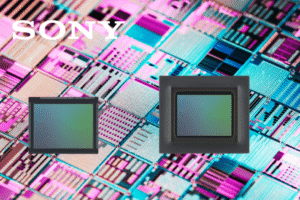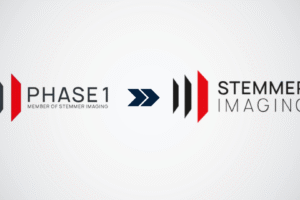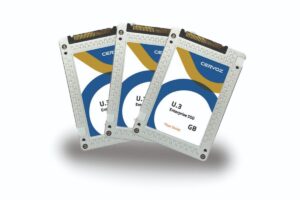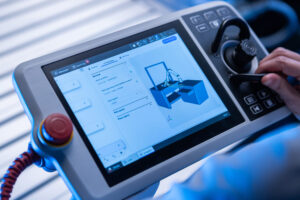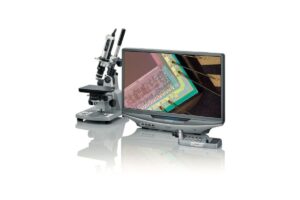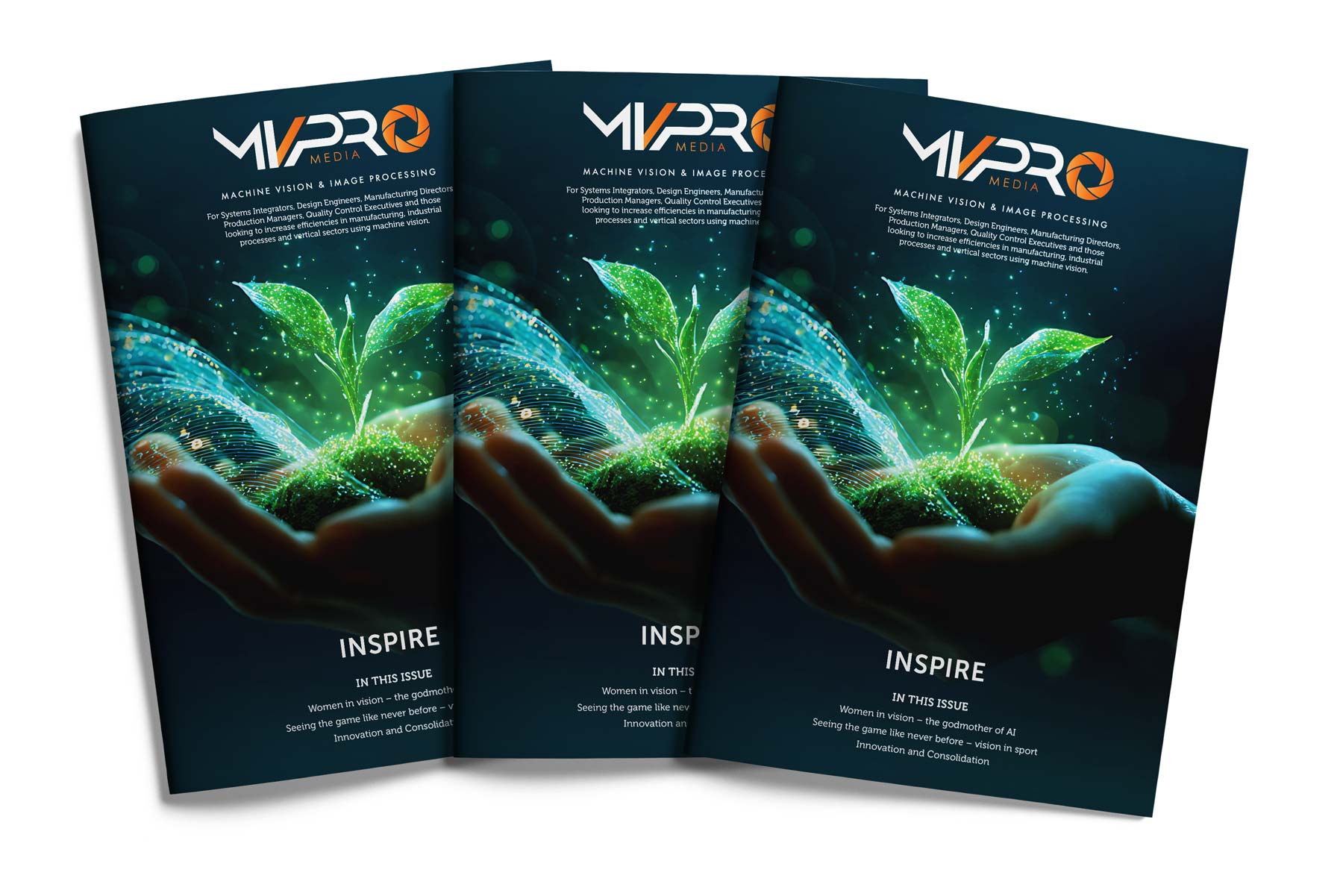The Daniel K. Inouye Solar Telescope is a scientific facility for studies of the Sun on the Hawaiian island of Maui. The National Solar Observatory, a public research institute headquartered in Boulder, Colorado, is currently designing an upgrade of the telescope’s adaptive optics system that will expand its capabilities to deliver a visibly widened corrected field of view to help solar scientists better understand the Sun’s magnetic field and drivers behind solar storms.
Once completed, the Inouye Solar Telescope will feature both the most powerful and the most versatile adaptive optics system in solar astronomy. Deployment is expected to begin in 2024.
The existing Classical Adaptive Optics (CAO) system at the Inouye Solar Telescope is being replaced with Multi-Conjugate Adaptive Optics (MCAO), an advanced adaptive optics technology that will add 8 more wavefront sensors and 2 more deformable mirrors to the telescope. Also known as “Clear” and currently installed on the 1.6 meter New Solar Telescope of the Big Bear Solar Observatory in California, MCAO aims to compensate for the degradation of telescope images induced by atmospheric turbulence. It will enable the Inouye Solar Telescope to reveal details of the sun never seen before, by fully exploiting the telescope’s 4-meter aperture at the diffraction limits.
MCAO uses wavefront sensors to take in light and measure the optical error in the atmosphere from multiple directions. Deformable mirrors correct the errors by changing the surface figure to counteract the effect. Each of the nine wavefront sensors on the Inouye Solar Telescope is planned to be equipped with a Mikrotron EoSens 3CXP camera featuring a CMOS global shutter and synchronized via an external trigger signal. Connected to a real-time node, the cameras will capture 2,000 frames per second at a resolution of 864 x 860 pixels (8-bit) while operating at the necessary high exposure levels. CoaXPress ensures Mikrotron EoSens 3CXP cameras can transfer data at rates up to 6.25 Gbit/s over a single coaxial cable or up to 25 Gbit/s when connected to four cables.
Computational control of the MCAO system will require a cluster architecture based on ten x86 servers that will analyze measurements from the wavefront sensors and automatically adjust mirror figures using an adapted version of KAOS Evo 2 AO control software. Cluster nodes in the MCAO will be interconnected via an Infiniband EDR network for very low latency.
For more information, visit www.svs-vistek.com or www.mikrotron.de. Mikrotron is a brand of SVS-Vistek.





